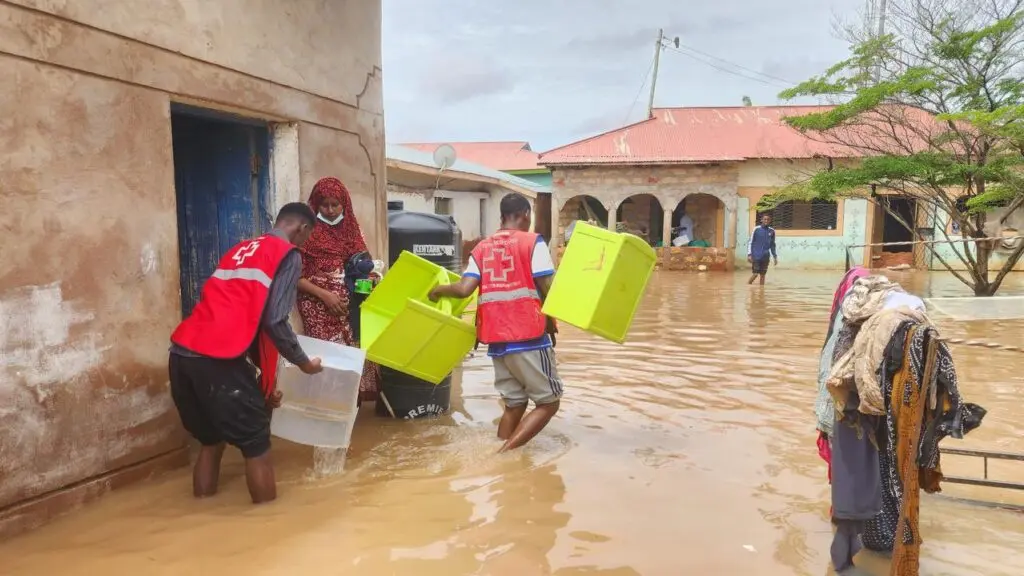
The death toll from weeks of relentless rain and ensuing floods has nearly doubled in Kenya.
Interior Minister Raymond Omollo announced on Tuesday that at least 120 lives have been lost, with nearly 90,000 households displaced and forced to seek refuge in 120 makeshift camps.
The incessant rain and flash floods besieging the country are attributed to the El Nino weather phenomenon, compounding the challenges a region already reeling from a severe drought faces.
Kenya’s weather forecasting agency projects that these heavy rains are likely to persist until January 2024.
Kenyan President William Ruto has pledged financial support for the affected areas, acknowledging the widespread impact on lives, infrastructure, and property.
A statement from Ruto’s office cited the unfortunate consequences of El Nino-induced precipitation, including disease outbreaks and prolonged power outages across Kenya and the eastern Africa region.
Aid agencies on the ground report extensive damage, with thousands of homes washed away or isolated and large swaths of farmland submerged. Tens of thousands of livestock have perished in the floods. The situation is particularly dire in four eastern Kenyan counties — Tana River, Garissa, Wajir, and Mandera.
Omollo urged caution, noting that major dams are under close surveillance, with the Kiambere Hydroelectric Power Station in Tana River dangerously close to overflowing. He called on residents downstream to move to higher ground while the government works to enhance power generation to mitigate the crisis.
Meanwhile, neighbouring countries Somalia and Ethiopia also struggle with flash floods resulting from El Nino’s torrential rains.
In Somalia, 96 lives have been lost, and 700,000 people have been displaced, according to Kenya’s government.
The Horn of Africa remains particularly vulnerable to climate change and extreme weather events caused by global warming.
Ruto, addressing the European Parliament ahead of the UN’s COP28 climate summit in Dubai, emphasized Africa’s position at the forefront of environmental vulnerability, stating the urgent need for global attention and action.










